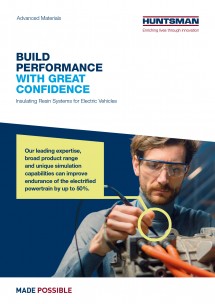Impregnation Resin Systems
Impregnation of copper windings and coils provides secondary insulation, increases mechanical stability, improves heat dissipation, and adds protection from humidity, dirt and chemicals. Typical automotive applications are electric motor rotors and stators. Impregnation can vastly improve the efficiency and durability of the motor.


